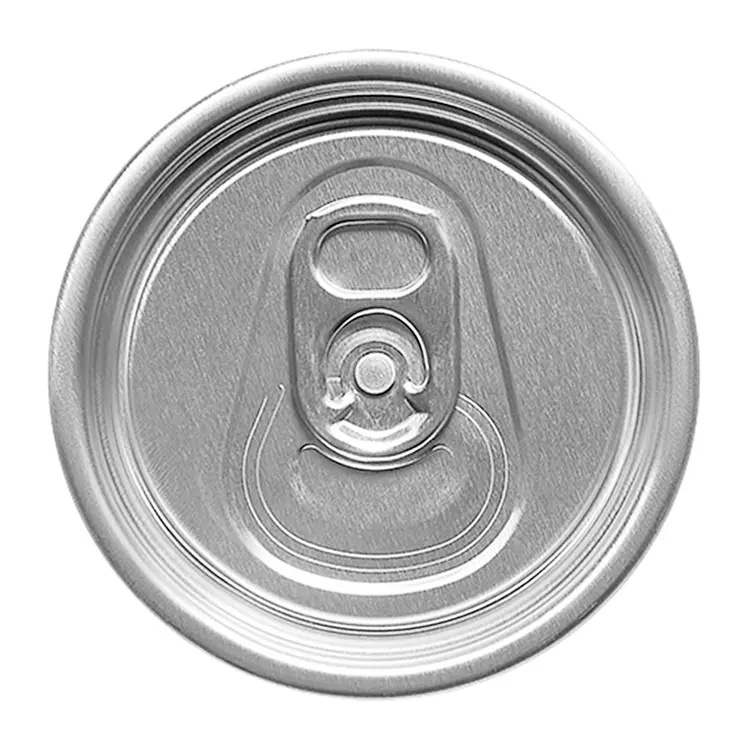In the beverage and food packaging industry, the 202 cans end plays a crucial role in ensuring product freshness, sealing integrity, and consumer safety. As the market continues to demand higher-quality and more sustainable solutions, manufacturers and suppliers are increasingly focused on improving can end performance and production efficiency.
What Is a 202 Cans End?
The 202 can end refers to the diameter code “202,” which equals approximately 2.125 inches (54mm). It is one of the most common can end sizes used globally for beverages such as soda, beer, juice, and sparkling water. These ends are typically made of aluminum or tinplate, ensuring lightweight strength and corrosion resistance.
Key features include:
-
Strong sealing performance for carbonated and non-carbonated beverages
-
Compatibility with various body diameters and filling systems
-
Excellent printability for branding and product identification
-
Lightweight structure for reduced transportation costs
Applications in the Packaging Industry
The 202 can end is widely adopted across multiple industries due to its versatility and reliability. It meets the demands of high-speed filling lines and long-distance distribution.
Common applications:
-
Carbonated soft drinks and beer packaging
-
Energy drinks and sparkling beverages
-
Ready-to-drink coffee and tea
-
Processed food cans, such as soups and sauces
Benefits for B2B Buyers
For manufacturers, distributors, and packaging solution providers, choosing the right 202 cans end can lead to significant operational advantages:
-
Cost efficiency – Optimized material usage and production speed reduce overall costs.
-
Product safety – Leak-proof design and consistent sealing prevent contamination.
-
Sustainability – 100% recyclable aluminum supports circular economy goals.
-
Customization – Options for easy-open ends, embossing, or printed logos enhance brand identity.
How to Choose a Reliable Supplier
When sourcing 202 cans end for industrial use, it’s important to partner with suppliers offering consistent quality and technical expertise. Key considerations include:
-
Compliance with international standards (ISO, FDA, SGS, etc.)
-
Stable production capacity and supply chain reliability
-
Technical support for canning line compatibility
-
Proven experience with global beverage brands
Conclusion
The 202 cans end remains a cornerstone of modern beverage and food packaging. Its combination of strength, recyclability, and efficiency makes it a preferred choice for global manufacturers. Selecting a high-quality supplier ensures packaging reliability, product safety, and long-term brand value.
FAQ
Q1: What materials are commonly used for 202 can ends?
A1: Aluminum and tinplate are the most common materials, chosen for their corrosion resistance and lightweight properties.
Q2: Are 202 can ends suitable for both carbonated and non-carbonated drinks?
A2: Yes, the 202 can end design supports strong sealing, making it suitable for both beverage types.
Q3: Can I customize the can end with my brand logo or color?
A3: Absolutely. Many suppliers offer embossing, printing, or colored coatings for brand differentiation.
Q4: How does the 202 can end contribute to sustainability?
A4: Aluminum can ends are fully recyclable, supporting closed-loop recycling systems and reducing environmental impact.
Post time: Oct-17-2025








